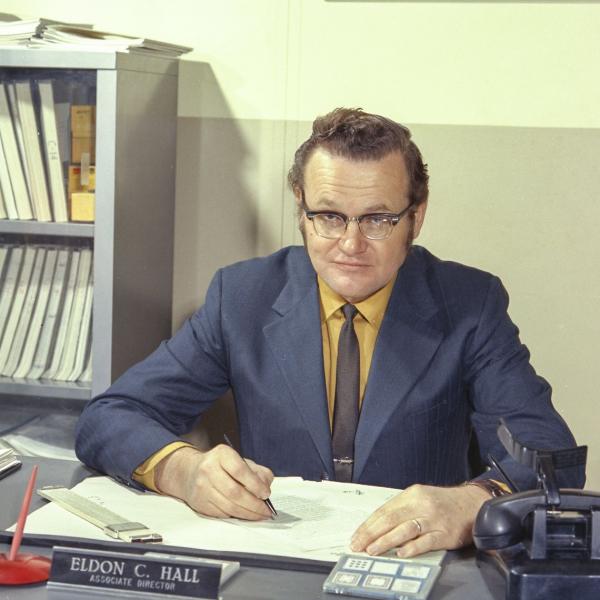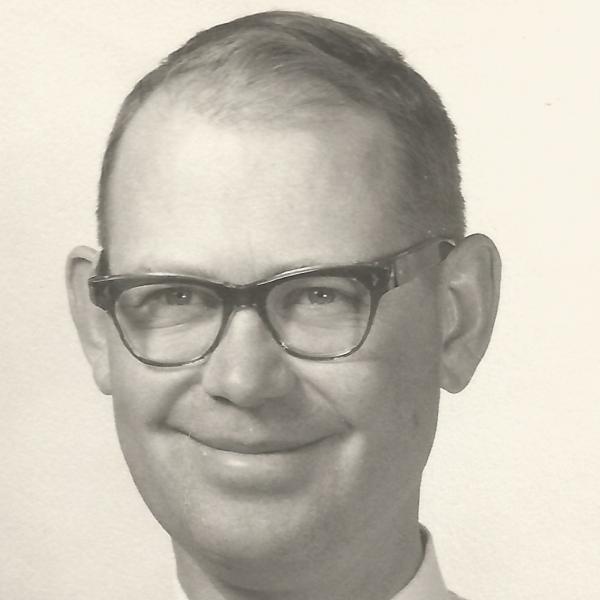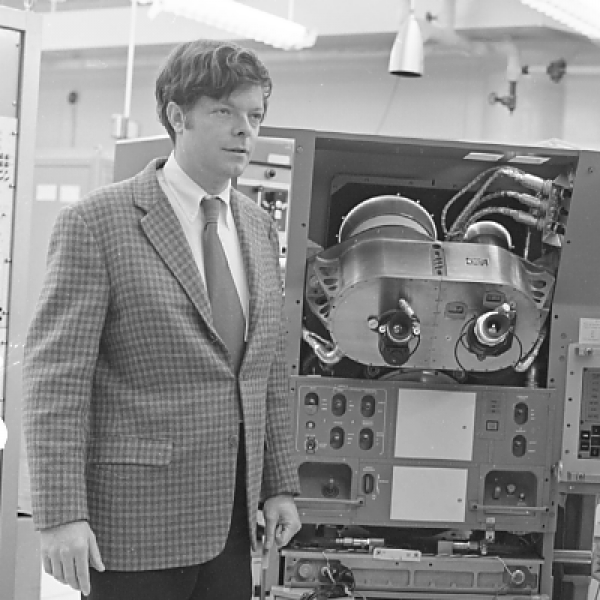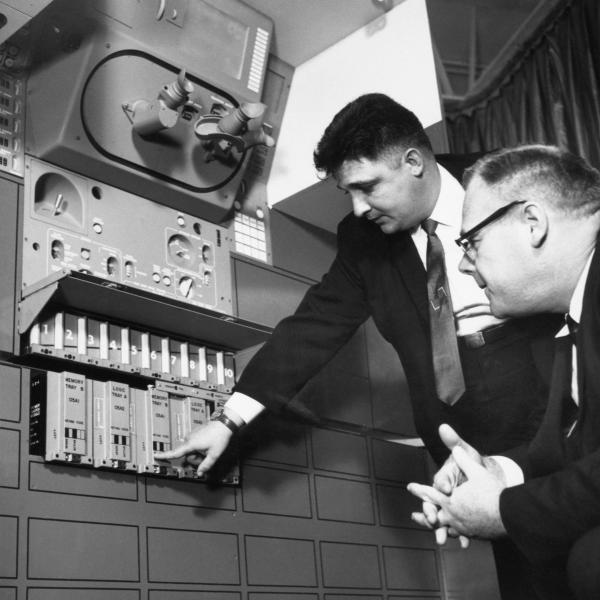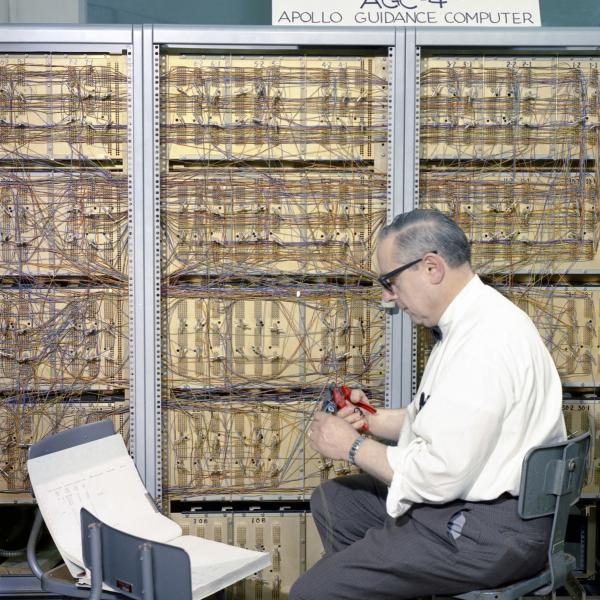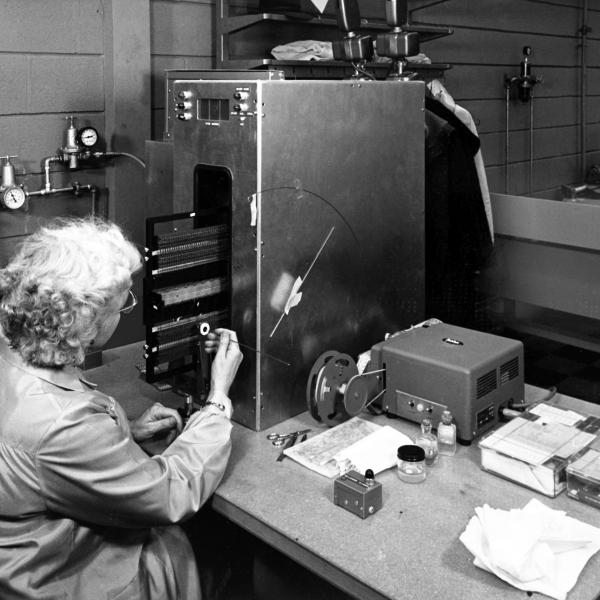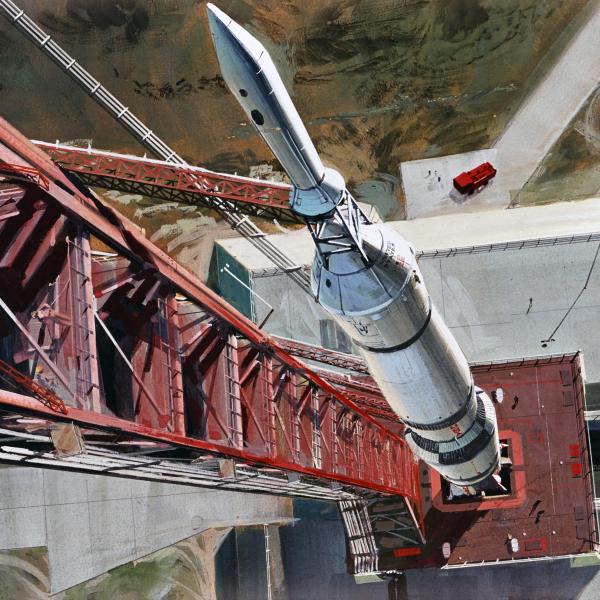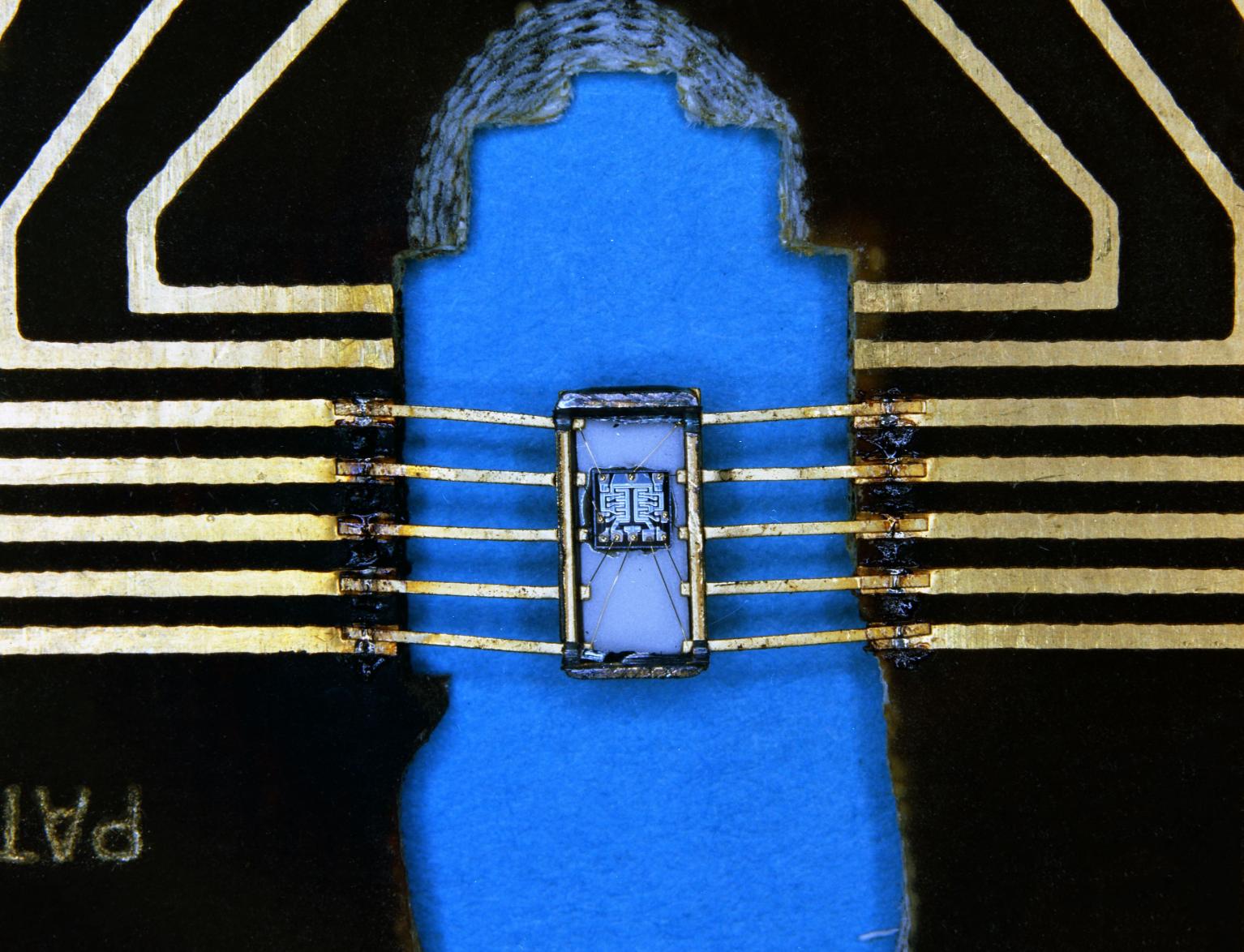
How Integrated Circuits Saved the Moon Landing
How did we shrink computers to fly to the moon?
The Saturn V rocket launched the Apollo 11 mission into orbit weighing a massive 6.1 million pounds, but it was a small 70 lb. box that held the world’s most advanced navigation computer that made the first moon landing mission a success. Though the Apollo rocket ships and the astronauts may get all the photo-ops and glory, it’s the little known and small in size Apollo Guidance Computer (AGC) that was a real hero of the program.
Every second, inch, and ounce on the Apollo mission counted, but computers in the 1960s were large, clunky, slow and often filled an entire room! The space engineers that were assigned to design and build the world's first compact portable digital spaceflight computer for Apollo, had to figure out a way to shrink all this technology down to about one cubic foot. One of the most challenging aspects of the Apollo mission was the amount of real-time computing required to navigate the spacecraft on its journey. When engineers at MIT’s instrumentation lab first began to work on the project, computers were still relying on analog technology. And these early computers were not fast, or reliable enough for a moon mission. So, in 1961, the team began to explore going digital. They got their feet wet with transistor based digital computers for the Polaris Missile. Next Ramon Alonso and Albert Hopkins designed a small digital computer intended to fly a probe to Mars. This would not only gain the attention of NASA but would pave the way for MIT to get the first Apollo contract.
At the time the engineers still didn't realize the existing technology would never have allowed them to land on the moon. Eldon Hall, who was the lead designer of the AGC, said that if they "had known what they learned later, or had a complete set of specifications been available... they probably would have concluded that there was no solution with the technology of the early sixties." But these were brilliant computer hackers with a will to succeed and they weren't going to give up. Hall, who worked for Doc Draper's MIT Instrumentation Lab, had knowledge of a single company, Fairchild Semiconductor, that was making the first ever computer chips known as integrated circuits.
‘Integrated Circuits’ were invented in the late 1950s by Dr. Robert Noyce, co-founder of Fairchild. Noyce had the genius idea to put all the components of an integrated circuit onto a piece of silicon thus creating the first microchip. This miniature processor was capable of processing data much faster and more reliably than ever before... ideal for the great demands of the Apollo Guidance Computer. Hall realized that a change to integrated circuits would reduce cost and weight, and increase performance and reliability. This was the answer he and his team were looking for, he just had to convince NASA to make the change to a cutting edge unproven technology. There were many naysayers, but without the leap in technology and computer science there was no way they were putting the first man on the moon. Hall knew just how to incorporate this new chip and manage the risk: he would use a single simple chip design for all circuits, including the test equipment. Eventually Eldon Hall and Draper's team prevailed and created the world's first digital portable computer to guide man to the moon and back.
Draper's MIT Instrumentation Lab and NASA were some of the very first customers of these new Integrated Circuits. And the computing demands for the Apollo program hardware was so great that at the height of manufacturing, they were using 2/3 of the entire supply. The Apollo Guidance computer ended up working seamlessly for all the Apollo missions, reliable and able to calculate multiple commands faster than any astronaut. The Apollo Guidance Computer was the most reliable computer ever built. The Apollo program helped to prove how valuable these micro chips would be to the world of computing -- they are the mini critical hearts of all the computer technology we rely on today.
